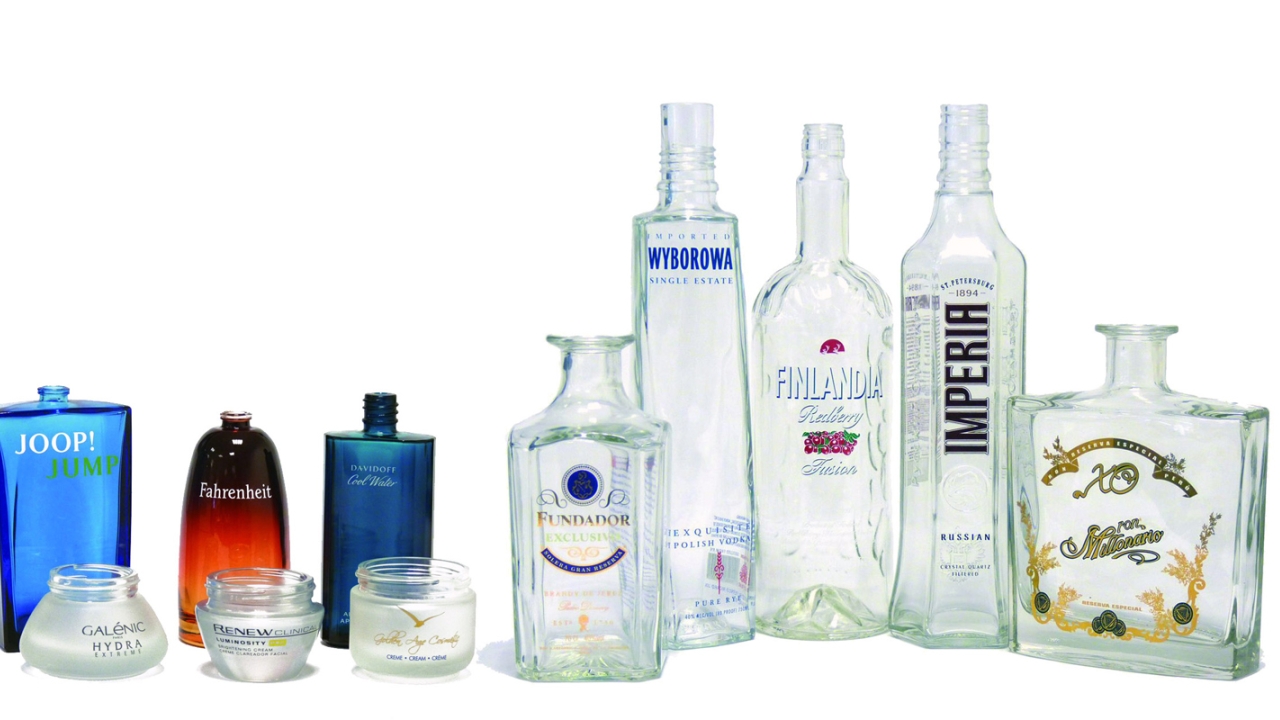KBA takes over Kammann Maschinenbau
Koenig & Bauer (KBA) has continued its work to expand into markets with growth potential after the acquisition of screen printing specialist Kammann Maschinenbau.

The world’s second largest press manufacturer is looking to counteract the shrinking sales volume of web presses for commercial printing with this strategy. It has already made a move into the flexible packaging market in 2013 as part of this strategy, with the planned takeover of Italian press manufacturer Flexotecnica.
It has now purchased 85 percent of Kammann from private equity firm Perusa. Kammann’s two managing directors will continue to hold the remaining 15 percent stake.
Kammann is the world market leader in screen printing systems for direct printing on glass containers, but which are also applicable for plastic and metal containers. It also produces presses for printing on optical discs, and web printing models.
For web printing, it has developed a modular machine concept, featuring: screen printing with flat screen technology, waterless offset printing with fixed-format print cylinders, flexo printing with sleeve system, hot and cold foil, and embossing.
KBA director of marketing Klaus Schmidt said these two markets are currently niche areas for Kammann, and KBA will now undertake a fact-finding initiative to learn more about the products and ascertain if they are competitive for the printing of labels and other products in the packaging market.
The design and assembly of Kammann machines will remain at its existing facility in Bad Oeynhausen. Manufacturing of parts is mostly outsourced today and this will be the case in the future. Some parts could be manufactured in other KBA facilities but only if these can compete on price with external sources, Schmidt said.
Directly decorated glass containers are mainly used for high-end cosmetics, perfume and alcoholic beverages.
KBA said premium glass packaging is a growing business, even in threshold countries such as China, Brazil and Russia, and is seen as a means of differentiation. It is also gaining importance as a status symbol compared to cheaper alternatives. Market forecasts predict above-average growth for this segment.
From a process point of view, direct printing with high-quality screen printing systems is the most challenging and costly finishing method due to the mechanic handling of different forms of glass containers. These technological demands prevent newcomers from entering this luxury segment, which is serviced by very few manufacturers.
While direct printing of containers is a new territory for KBA, the group is already well-established in some areas of label printing and other packaging forms. As such, KBA’s management described the Kammann acquisition as a “useful addition” to the company’s portfolio.
Stay up to date
Subscribe to the free Label News newsletter and receive the latest content every week. We'll never share your email address.

